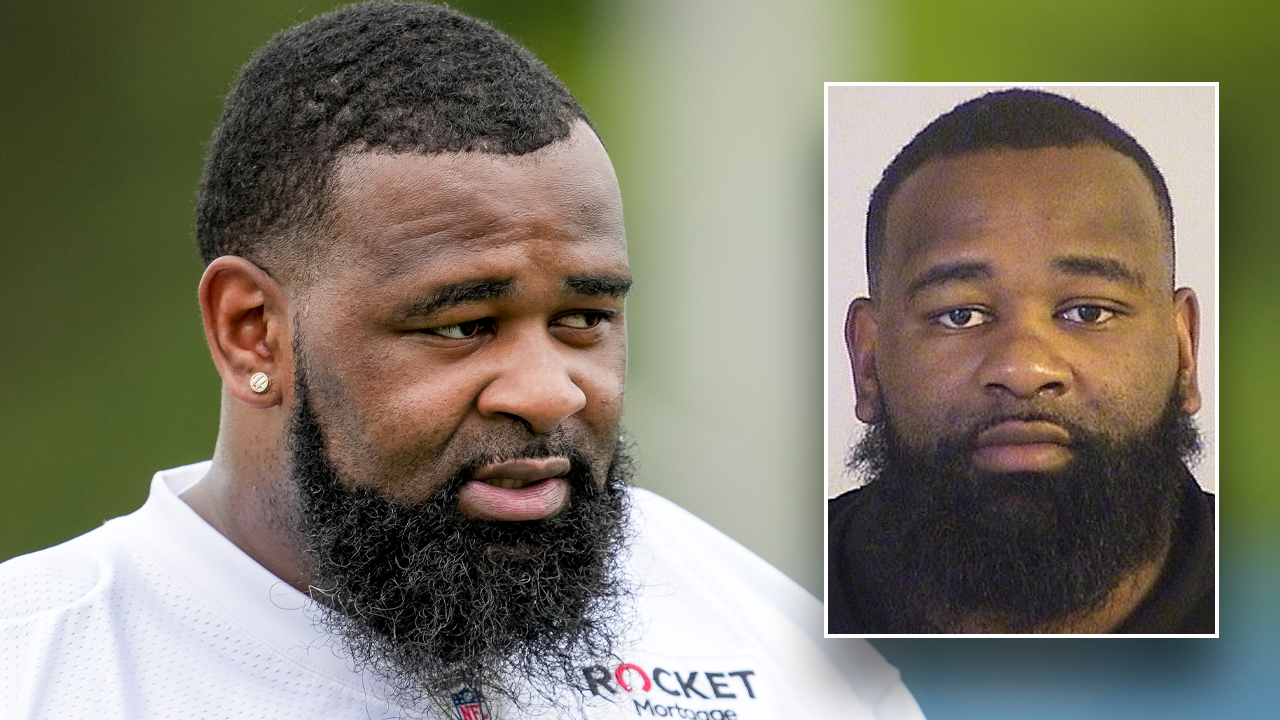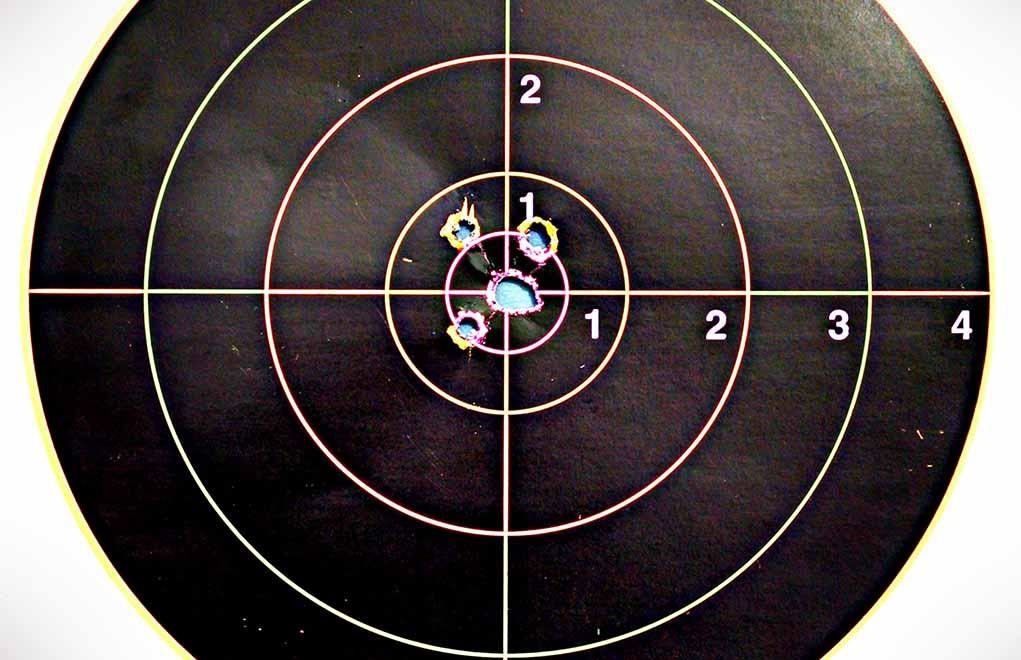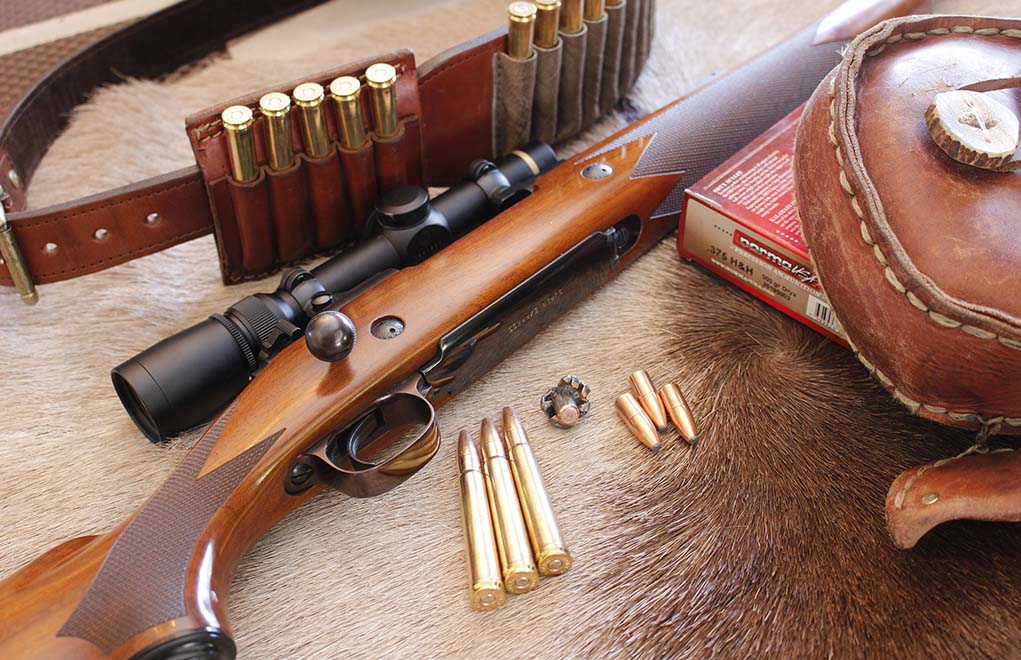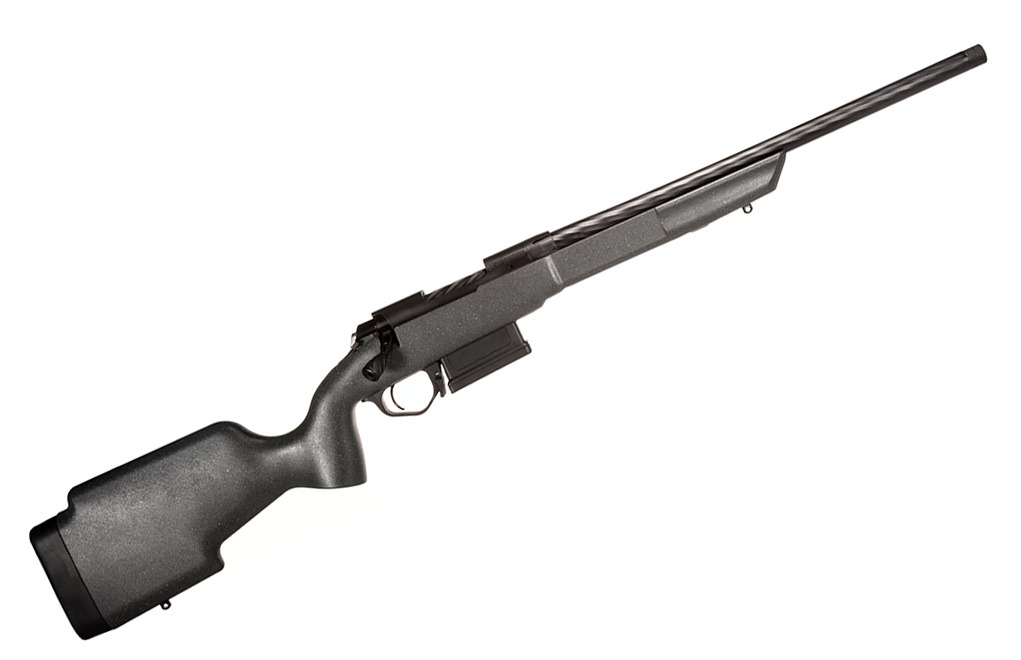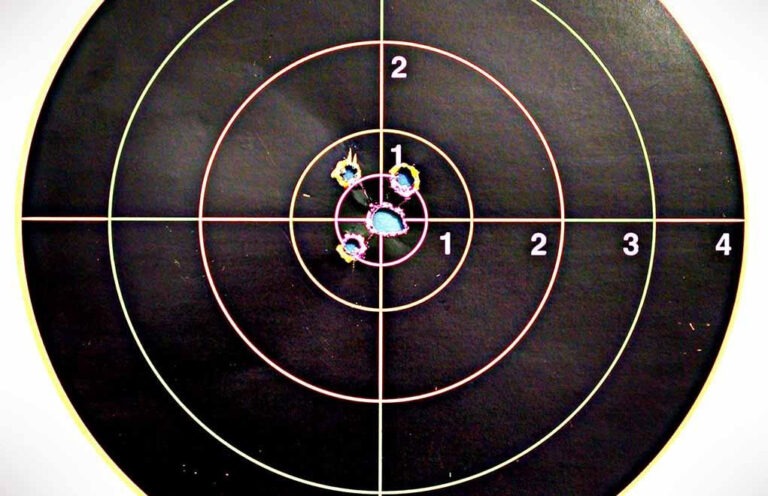
Math is hard, and MOA can be confusing, so here we deep dive into the minute of angle concept to help refine your long-range accuracy.
MOA, or minute(s) of angle, is a standardized measurement of 1.047 inches at 100 yards that’s used as a benchmark for measuring how precise a firearm (typically a rifle) is capable of shooting.
The idea is that one minute of angle, 1 MOA, is a benchmark standard of how tight a rifle can group shots. The smaller the groups, the more precise the weapon is. Rifles that can produce groups smaller than 1 minute of angle are referred to as sub-MOA.
While MOA is something most shooters are certainly aware of, it’s usually not something they’re terribly familiar with either unless they take long-range shooting seriously. There’s nothing inherently wrong with that, as it’s not something that most casual shooters regularly need to use, but it’s time to change that if you have any interest in honing your accuracy at extended ranges.
So, let’s dive into exactly what minute of angle is both practically and mathematically, how to use it and what you need to know to avoid common mistakes when dialing in your scope.
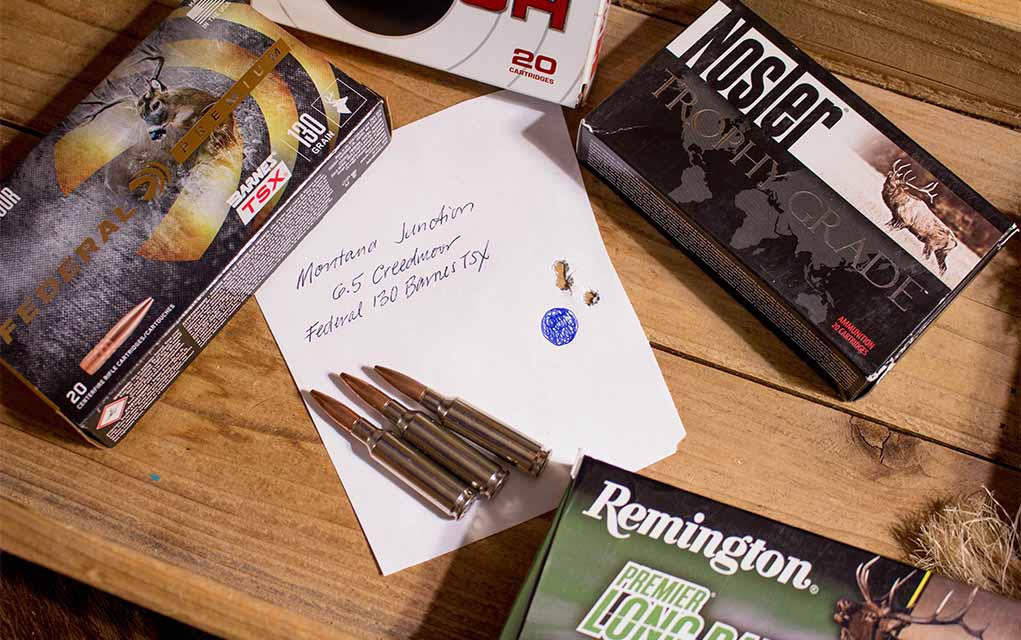
What Is A Minute Of Angle?
First things first, the definition of a minute of angle is an angular measurement equal to 1/60th of a degree. In shooting MOA is handy, because it’s used as a measurement of mechanical accuracy. In other words, it’s a way of expressing how small a shot group a rifle or other firearm is capable of shooting in perfect conditions.
MOA became a popular way to measure accuracy in the U.S. since 100 yards was a common increment of distance on American rifle ranges. If a rifle could produce a 1-inch group of shots at that distance, aka a 1-MOA group, it was considered an accurate gun. MOA was also a natural fit for American shooters given our use of the imperial system and familiarity with measurements in inches, although it also means that we typically round the true measurement of 1.047 inches down to just 1 inch. More on that later.
MOA matters because it describes a potential shot group size relative to distance. 1 MOA at 100 yards is roughly 1 inch, but it’s roughly 5 inches at 500 yards and 0.25 inches at 25 yards. In other words, MOA is really good for predicting shot dispersion at different ranges.


As an angular measurement, MOA is also a scalable measurement of windage and elevation adjustments, as you eventually must account for the wind pushing the bullet off target and the bullet naturally dropping over distance.
That makes it not only useful as a unit of measurement for how large your shot group will be but also for scope adjustments or holdover calculations that you may need to make to account for bullet drop and windage.
Okay, so MOA is clearly very useful for certain aspects of shooting, but why are we measuring angles in minutes at all?
MOA Vs. MRADs
That all said, minute of angle isn’t the only system for measuring the length of an angle proportional to distance. The other is milliradians, also called mils, MRADs or milli-rads. These days MRAD scopes are nearly as (if not more) popular as MOA models.
One radian is an angle subtended from the center of a circle that intercepts an arc equal in length to the radius of the circle. A milliradian is 1/1000th of a radian, which is useful for measuring small angles at a distance.


Just like minutes of angle, an MRAD works out to the size of an arc, in this case the size of the shot group or area that you intend the bullet to land in, proportional to the distance. 1 MRAD is 1 centimeter at 100 meters or 1 meter at 1,000 meters.
Milliradians are technically also easier to deal with mathematically compared to arcminutes and arcseconds since they are base 10 rather than base 60, but that is generally not an issue that shooters will have to deal with. MRAD scopes are growing in popularity, but MOA is still arguably more intuitive to understand for American shooters. Whichever style you decide to use is up to you.
With all that out of the way, how do you put this all to use in the field?
Using MOA For Marksmanship
Understanding minutes of angle became very useful for marksmanship following the advent of scope reticles with MOA hash marks. Before then, scopes on the consumer market typically only featured simple crosshairs.


Of course, getting the full benefits of understanding MOA requires the shooter to put in work before hitting the field hunting or going to a long-range shooting match. We’ll get to that in a moment.
We understand that MOA is an area in proportion to distance: roughly 1 inch at 100 yards, roughly 2 inches at 200 yards and so on. The stadia lines of a riflescope are in MOA intervals, such as 2 MOA or 4 MOA, and the manufacturer will provide these details in the owner’s manual.
This comes in handy when you know the range of your target and the ballistics of your particular rifle and load. If you know how many inches your bullet will drop at that range, you can convert it to MOA and use the reticle’s stadia lines to hold in the right spot to compensate for the drop.
If you also know your holds for windage, you can use the hash marks on the horizontal reticle line, as well.
If your scope has exposed/adjustable turrets, you could also make click adjustments on the fly rather than holding over the target using the stadia lines.
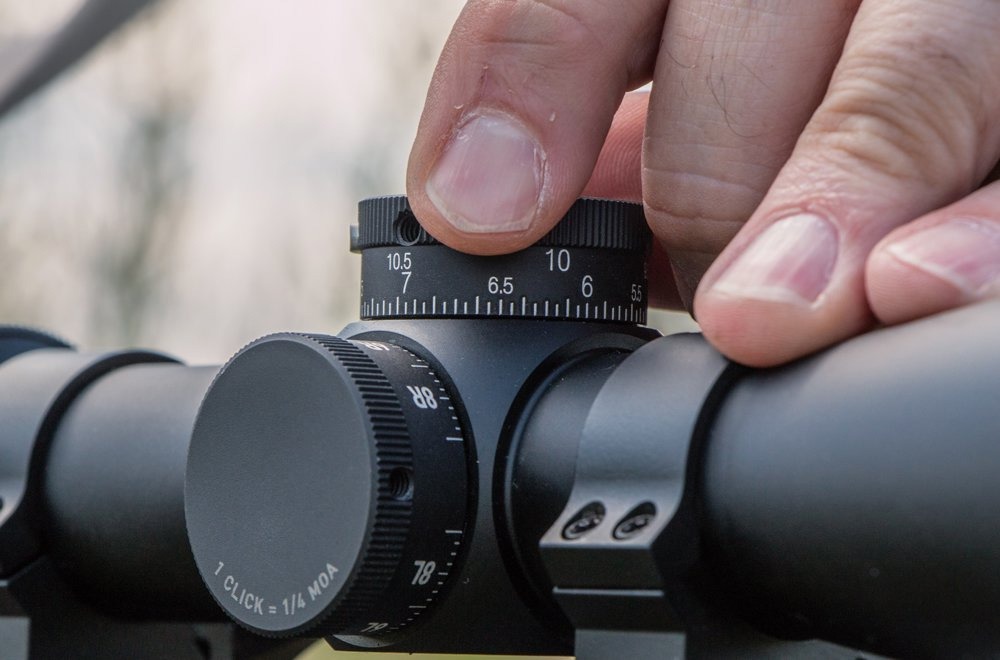

Another benefit of reticles of this style is that you can use the lines for range estimation if you know the size of your target.
Even so, you’ll need to put in some work of your own before taking full advantage of these features and techniques.
That’s because in order to make the proper adjustments or calculate the correct holdover, you need to know how your gun and your load correspond to the reticle in your scope. It is very, very rarely that they will perfectly coincide unless you have a scope that is calibrated for a specific load at a specific velocity
For instance, a Trijicon ACOG’s reticle is calibrated for 62-grain 5.56mm at the velocities you get from a 20-inch barrel. Put an ACOG on a carbine, and the reticle isn’t going to match the point of impact because you’ve changed the velocity and therefore the trajectory.
Ergo, you have to work up the data on your gun, your load, and how it relates to the reticle in your scope to really be able to put this all together.
Other Factors To Consider When Refining Accuracy
There’s the size of the group measured in MOA, but then there’s how you produce a group of that size which is another matter entirely.
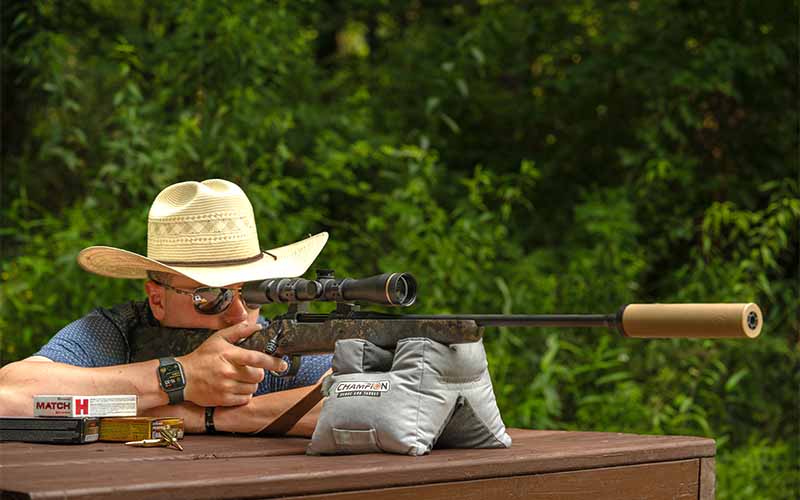

Mechanical accuracy, meaning the precision that your gun is capable of when all potential complications (the shooter causes most) are removed, is the result of balancing an equation of multiple factors.
How your gun is made, the ammunition you’re shooting, the ambient conditions and so on all play a role.
A bolt-action rifle may not be glass- and pillar-bedded, the twist rate might be wrong for the bullet weight you’re using (77-grain 5.56 in a 1:12 twist rifle, for instance) and maybe you just can’t properly press that terrible trigger correctly.
An increase in humidity or a decrease in temperature can have an effect as well. The rule of thumb is a 0.5- to 1-MOA increase in drop for every 20 degrees Fahrenheit of temperature difference from zeroing. In other words, if you zero at 70 degrees and your bullet drops 4 MOA at 400 yards, expect a 4.5- to 5-MOA drop if you’re shooting when it’s 50 degrees.
Ammunition can vary from lot to lot, especially if a manufacturer changes powder or primers. That isn’t an if that’s a when. Propellant formulas change all the time, and you won’t know when it’s happened until you see results on paper.
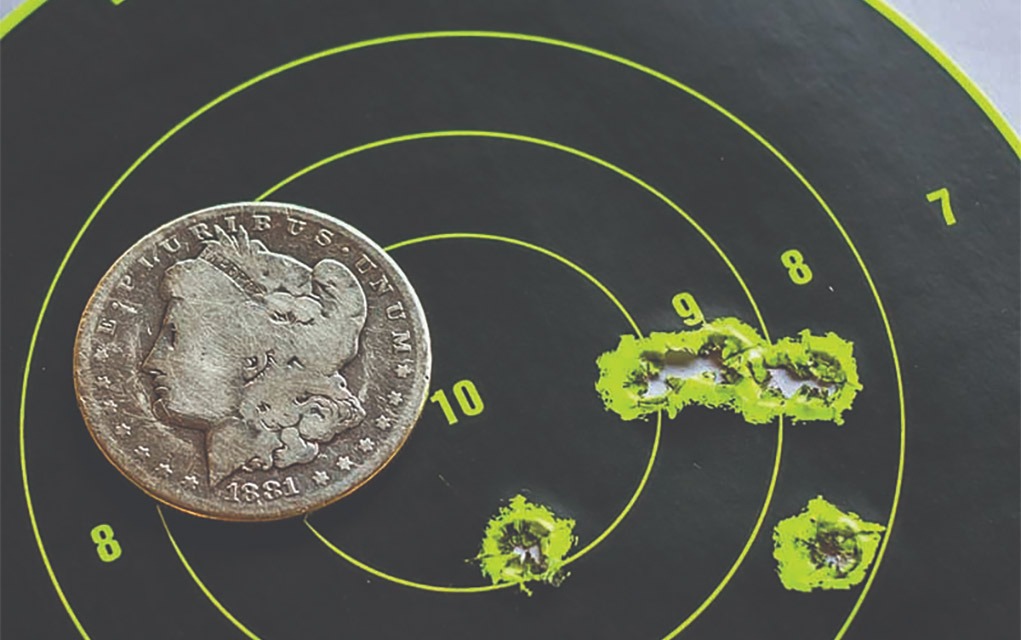

The point is that the accuracy your rifle is capable of in MOA is one thing on paper, but what it’s capable of doing once you’re on the range or in the field are two entirely different things.
That’s not even touching on mistakes shooters make. Those are just some of the things that can hinder precision without any interference from the person behind the gun.
So, while a proper understanding of how minute of angle plays into measuring accuracy is an important skill, it’s not the most important factor. You are. Once you develop the foundational skills needed to shoot for small groups at long ranges and have the utmost familiarity with your specific shooting setup, that’s the time to start capitalizing on MOA, holdovers and dialing in your scope. Once armed with the knowledge of exactly how your bullet and reticle interact, you can really start shrinking your groups and stretching your rifle’s legs.
More On Long-Range Shooting


Next Step: Get your FREE Printable Target Pack
Enhance your shooting precision with our 62 MOA Targets, perfect for rifles and handguns. Crafted in collaboration with Storm Tactical for accuracy and versatility.
Subscribe to the Gun Digest email newsletter and get your downloadable target pack sent straight to your inbox. Stay updated with the latest firearms info in the industry.
Read the full article here
